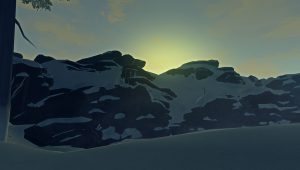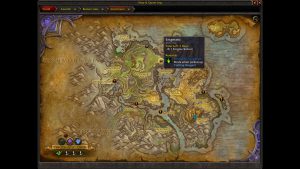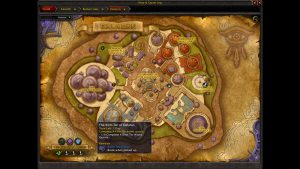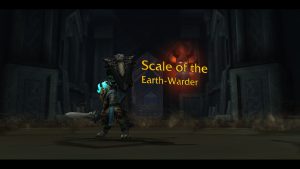Personal Experiences Cause a Strong Form of Immersion
During my ongoing literature review I often discover interesting facts about things I’ve never thought about. Sometimes I can connect these facts with my own observations: The result is mostly a completely new idea why things are as they are. Maybe these ideas are new to you, too. Therefore I’ll share my new science based knowledge with you!
This week: This time, I think about a strong form of immersion that occurs when players are able to relate their gameplay adventures to their real world experiences.
I already discussed the immersive effects of playing The Long Dark (TLD), a survival computer game that puts the player into the role of a lonely survivor who has to survive in the middle of the Canadian wilderness during the winter. Not only the player has to find food and shelter, he also needs to find ways to keep himself warm. This can especially become challenging when the player faces bad weather with low visibility and very cold temperatures. Being caught off guard by a blizzard can often result in the player losing orientation and becoming hypothermic which ultimately can lead to the player’s death. Moreover, the player faces the threat of getting attacked by hungry animals, such as wolves and bears, and hence the player has to move through the winterly landscape very carefully.

Exploring a mountainous region in The Long Dark.
Personally, I am mostly impressed by the realistic feeling of the virtual environment as it almost feels as if I would be walking through a real forest or exploring a real mountainous region. This was achieved by making the shapes of the trees and rocks, the colors of the environment, as well as the sounds of nature feel very authentic. As a result, I am completely immersed in the gameplay every time I play TLD.
Recently, I experienced a very strong immersion as I explored a mountainous region in TLD that reminded me of certain places I have visited in the real world. Surprinsingly, I even experienced the same kind of flow I usually experience when I visit a place that seems to be untouched and pristine. It is a feeling of complete freedom that inspires and motivates me to contineously explore a particular region–reaching the end of this region or even returning home are unsatisfying alternatives. This rewarding experience lasted for the entire playing session and motivated me to constantly move on and to continue to explore this region.

Shortly after sunrise
So far, I never experienced such a deep immersion when I played a computer game. Of course, I am also completely immersed when I play other simulation games, but none of those games has rewarded me with such an energizing feeling.
The reason for this very strong immersive moment might be the fact that the gameplay brought back great memories. In addition, this moment took place just around sunrise which resulted in a very special atmosphere that also impresses me in the real world. It is all the time fascinating to experience the various shades of blue and red that occur when the sun is very low above the horizon. In the end, TLD gives me the opportunity to explore spectacular places and also provides me with moments and feelings I normally experience when I am outdoors in the real world.

Enjoying the view
In conclusion, my recent experience suggests that creating immersive virtual environments is not only about designing believeable virtual worlds, but also about allowing the players to create a connection between the virtual world and their personal intrinsic goals as well as their real world experiences. This way, the game world becomes an extension of the real world and ultimately results in a stronger immersion.



